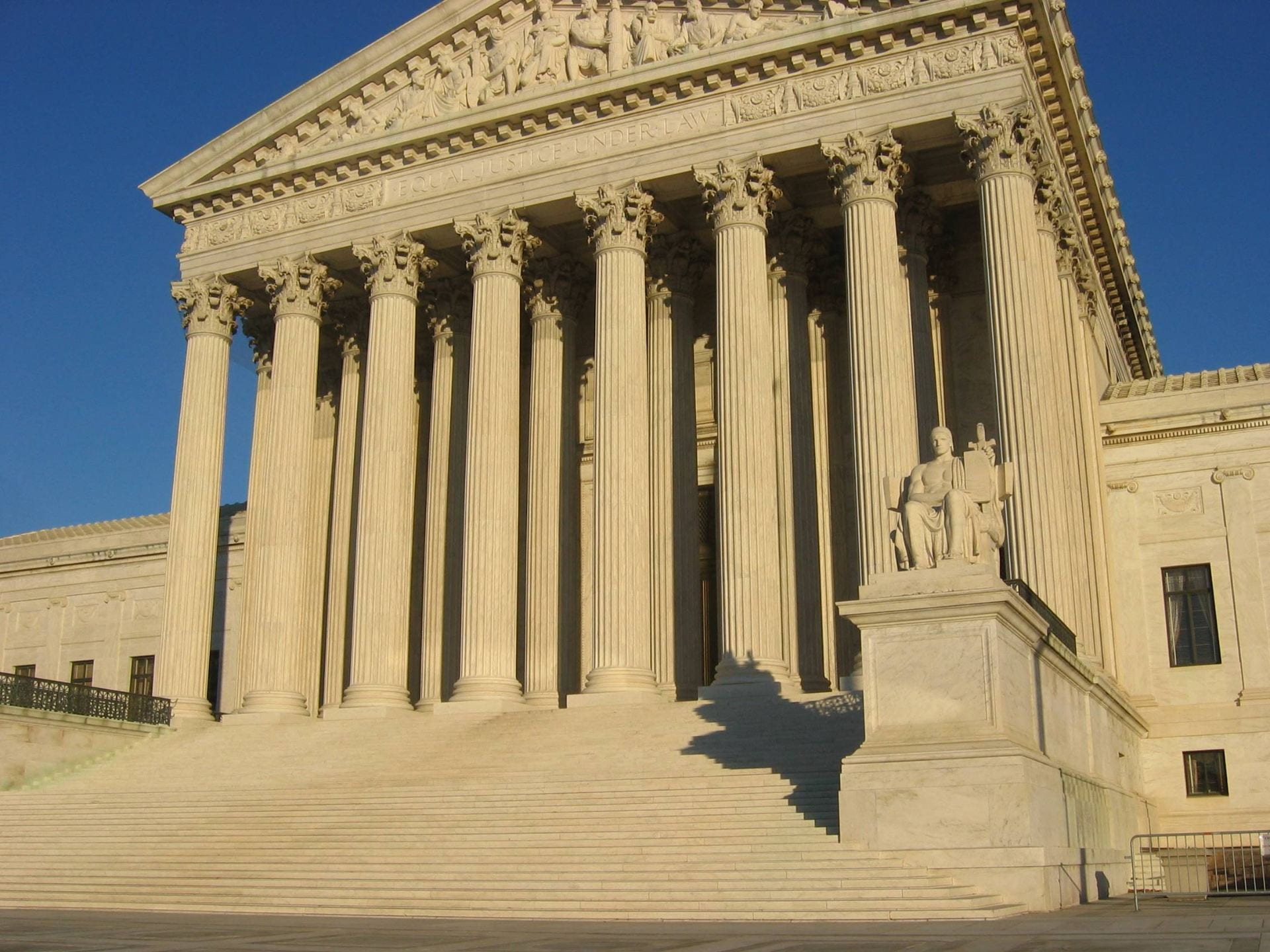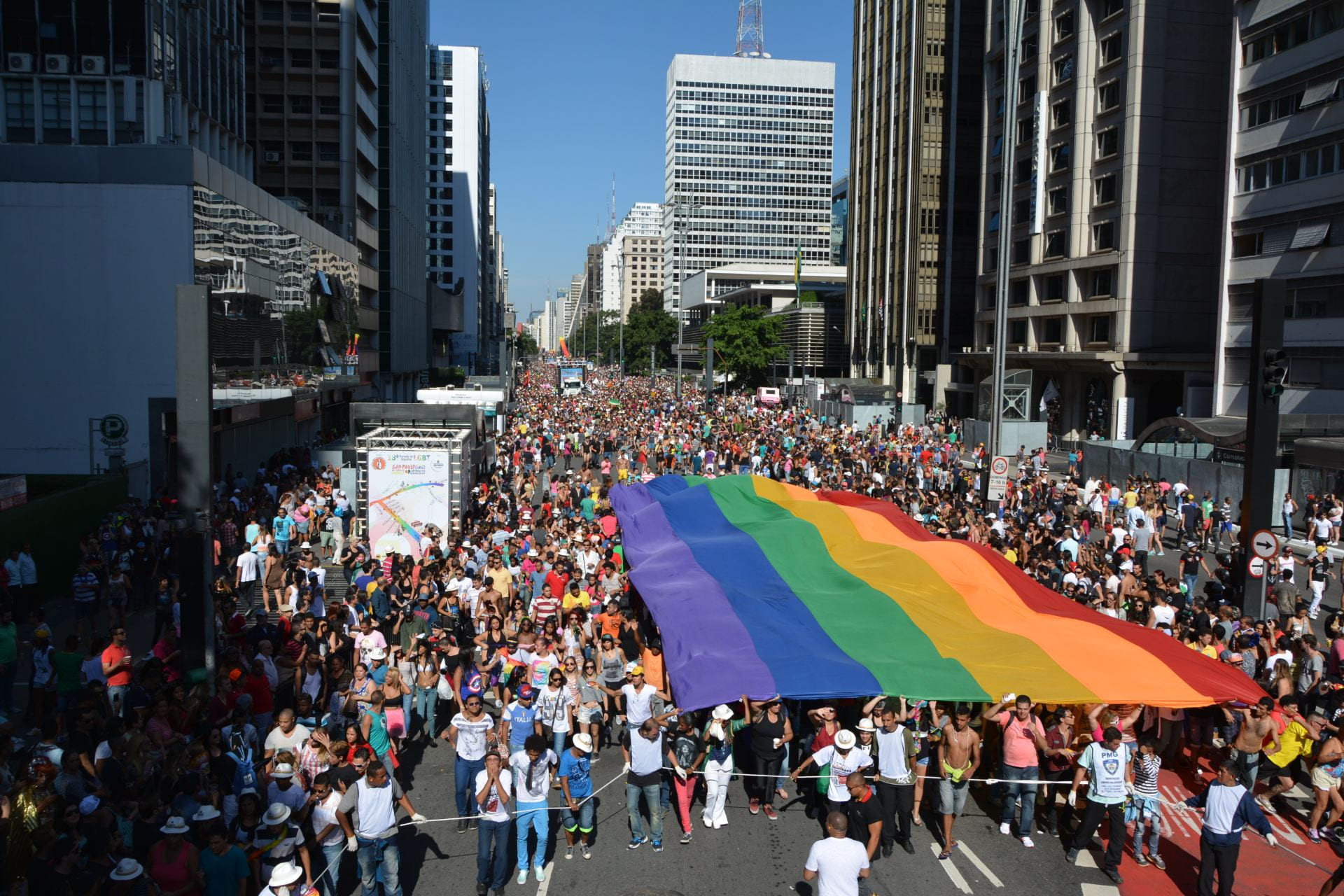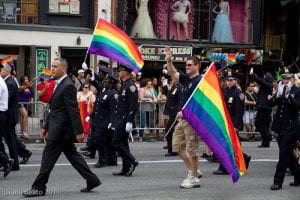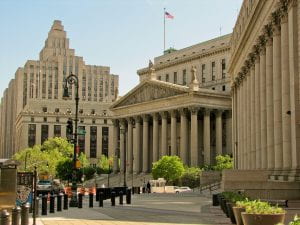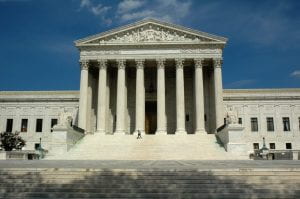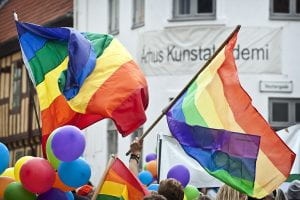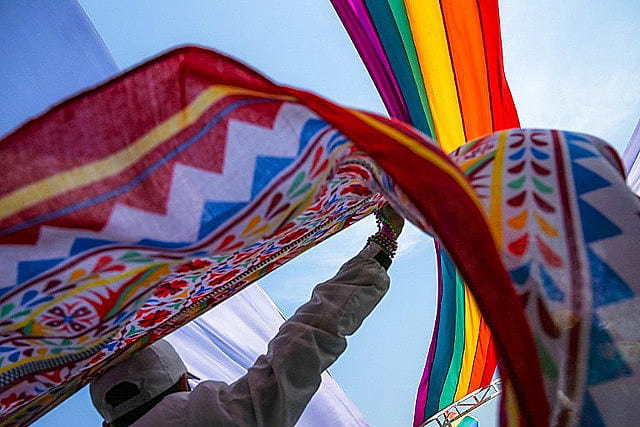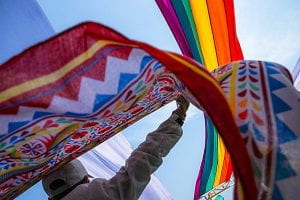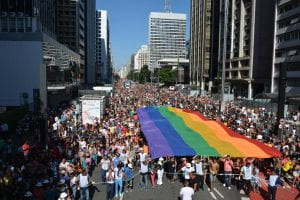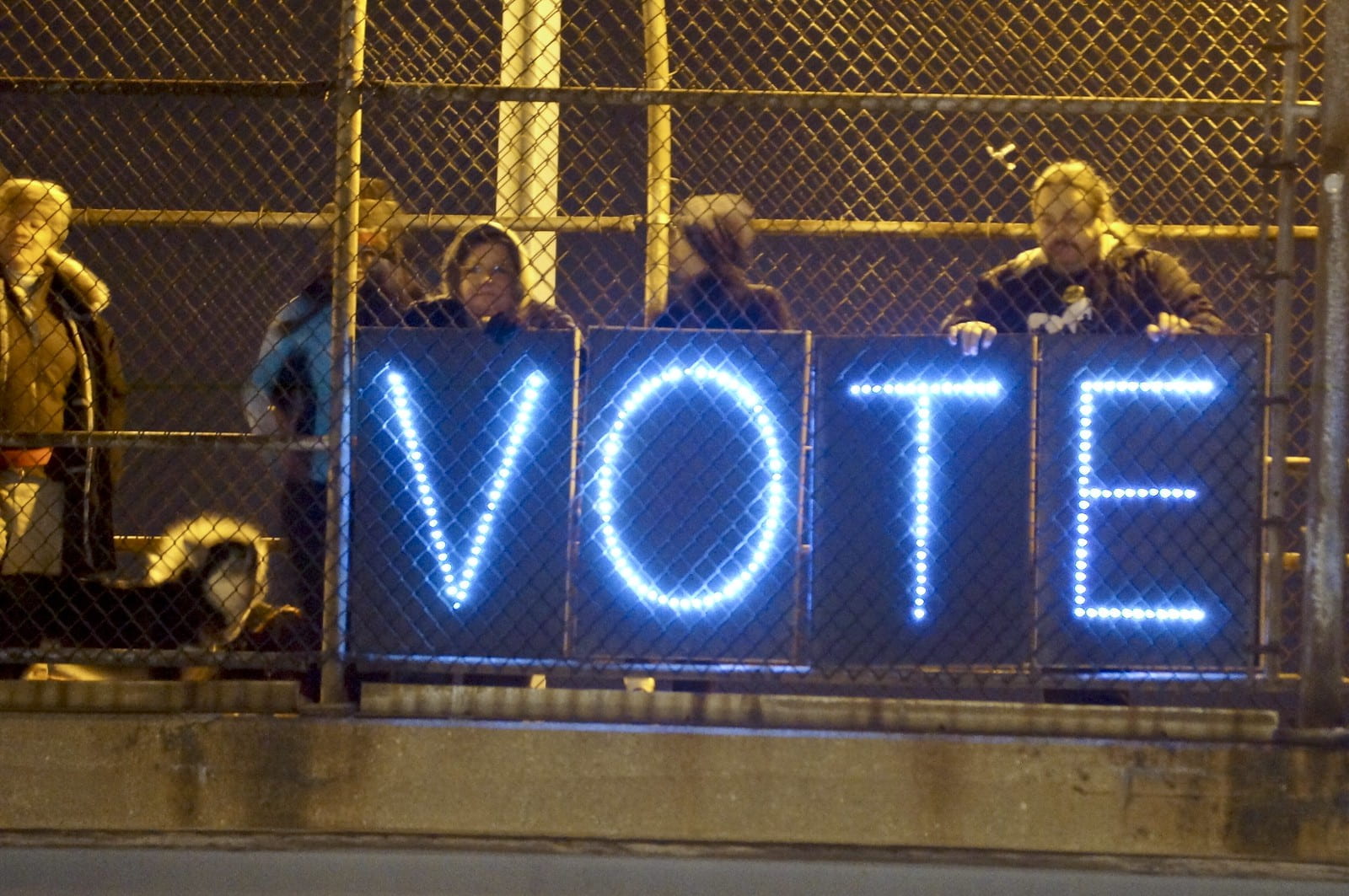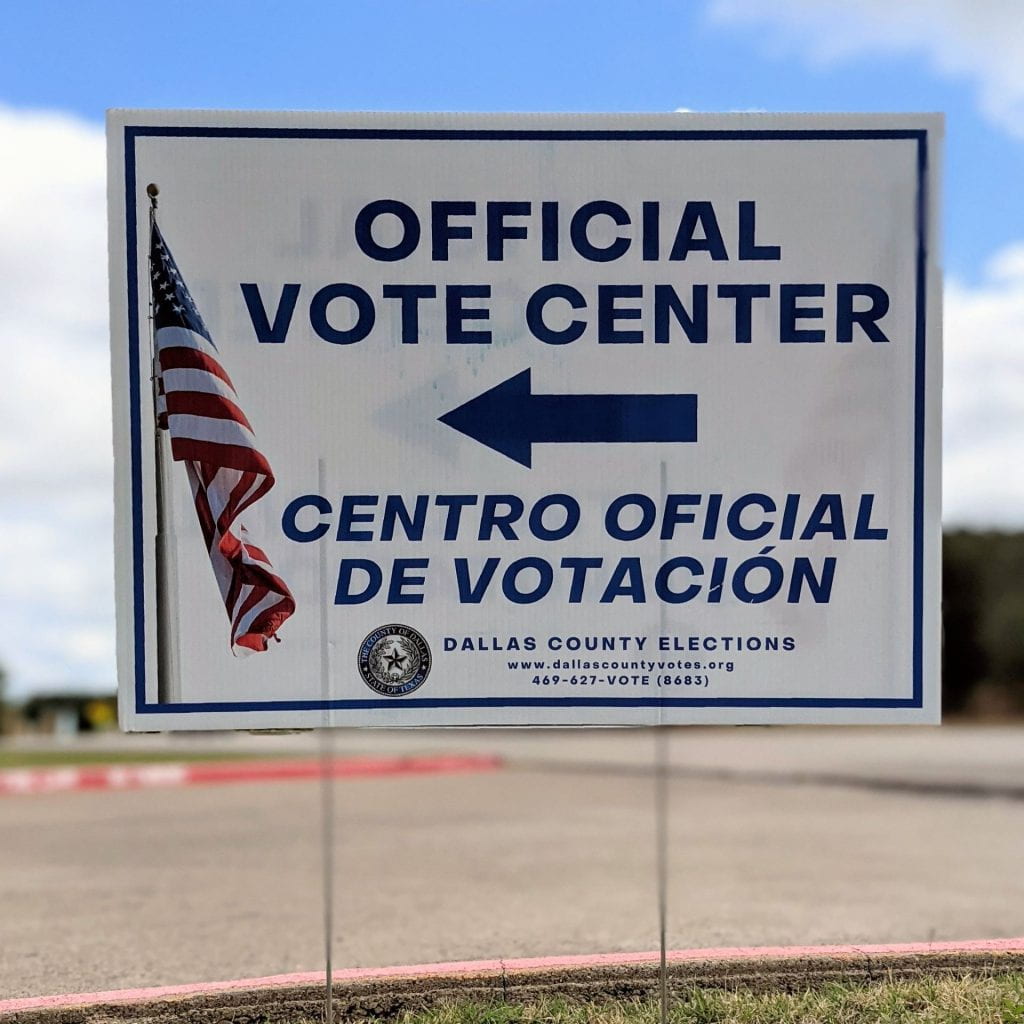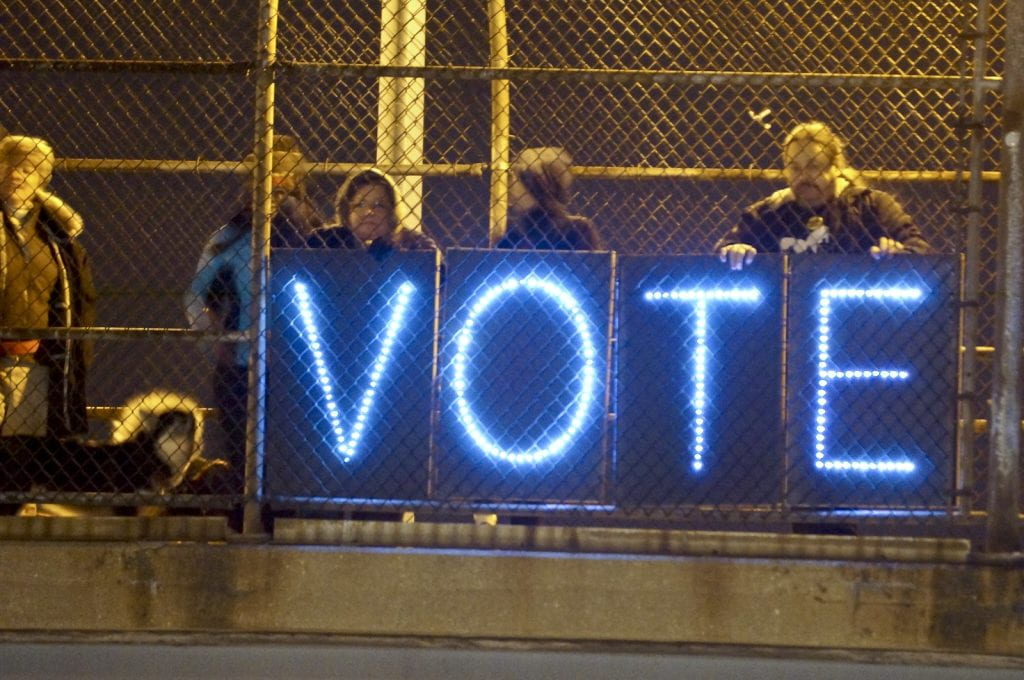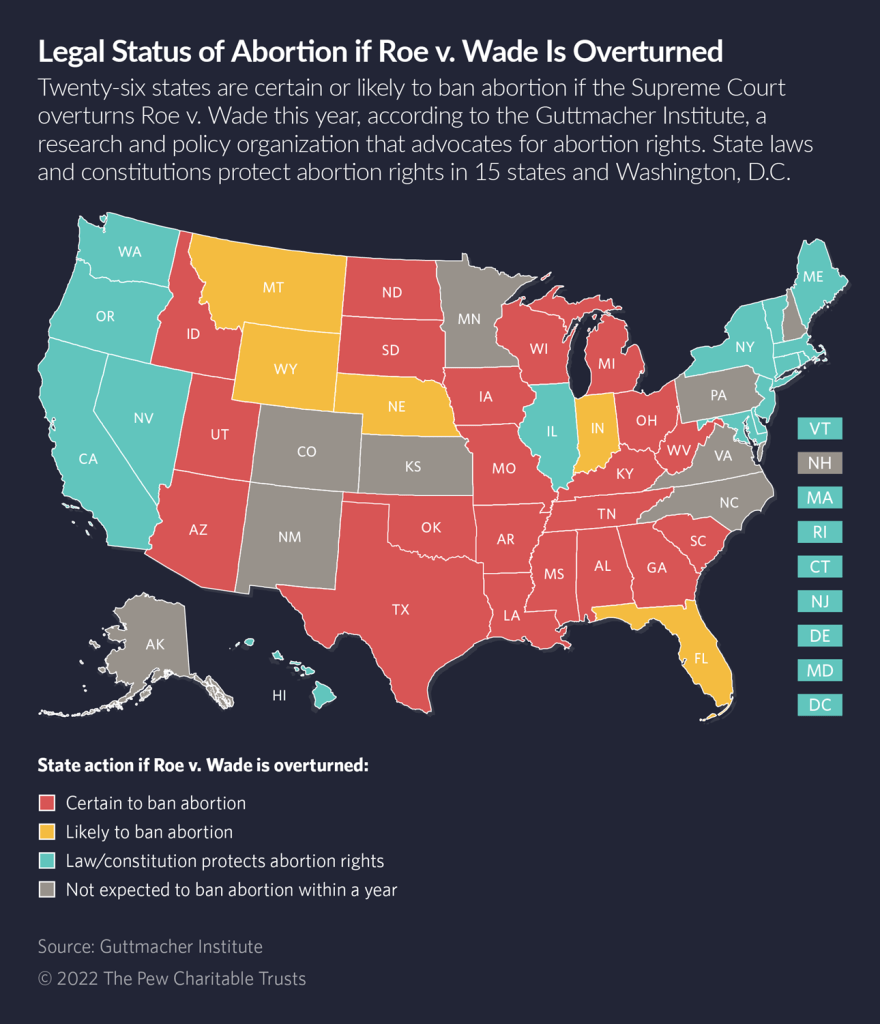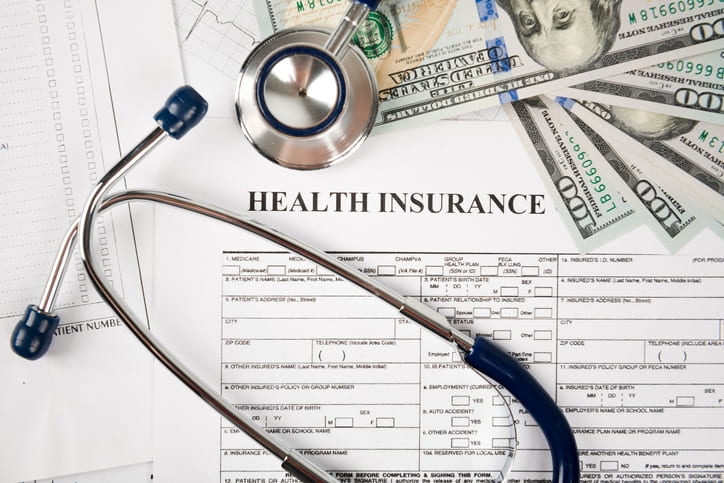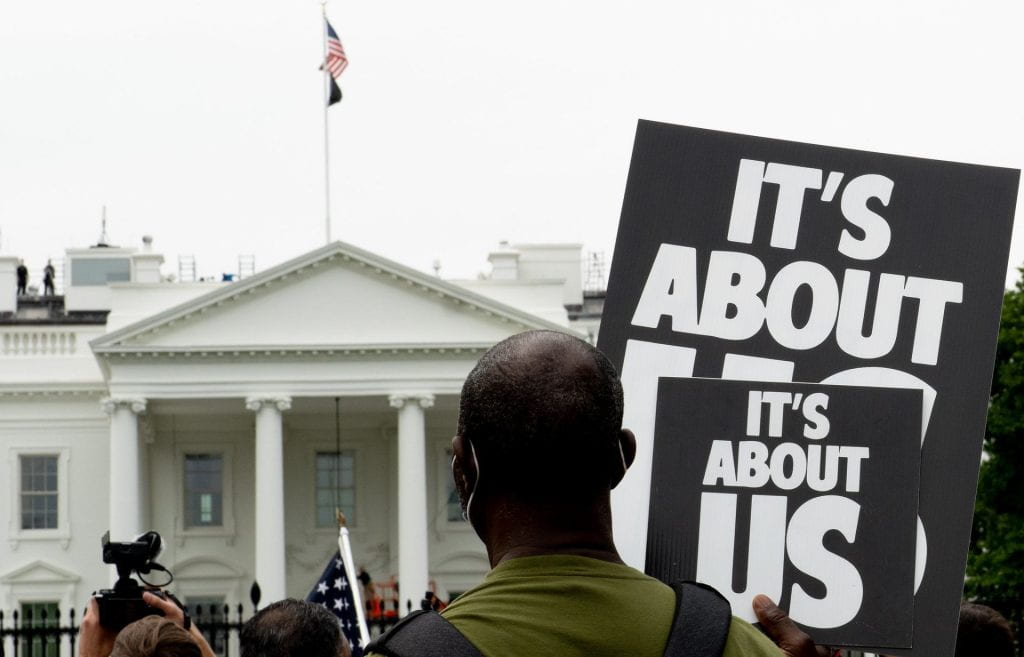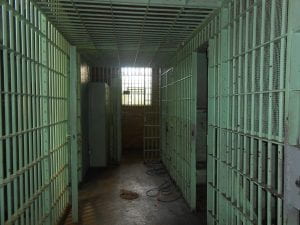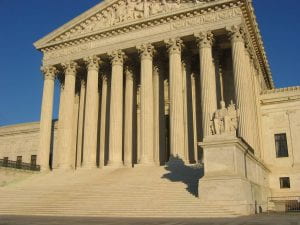
The first line of the first amendment in the Constitution of the United States, also known as the Establishment clause, asserts that “Congress shall make no law respecting an establishment of religion, or prohibiting the free exercise thereof…” This clause, although seemingly simple in nature, has been the root of many judicial battles throughout the United States’ history. Religion, as a human right, has always been a topic of political debate.
One might inquire as to why this is the case: what makes the freedom of religion such a sensitive topic? In this blog, I seek to answer this question by outlining fundamental cases which have shaped how our legislators interpret our right to religion. Moreover, this blog shall conclude with how our fundamental right to religion is being interpreted today, as well as what is potentially in store for religious interpretation in the future.
Lemon v. Kurtzman (1971) | Introduction of the Lemon Test

Our journey begins in 1971, with the landmark Supreme Court Case of Lemon v. Kurtzman which involved the states of Pennsylvania and Rhode Island. The issue materialized when both of the aforementioned states decided to introduce legislation that would use taxpayer money to fund church-affiliated schools. In doing so, the government funds would pay for teacher salaries, textbook costs, and many other educational materials. Funding church-affiliated schools could be construed as a violation of the Establishment Clause. The Supreme Court followed this logic, and with an 8-1 ruling, they decided to strike down the legislation passed by Rhode Island and Pennsylvania, no longer allowing state funds to go to church-affiliated schools.
What is particularly remarkable about this case is that it formally introduced the so-called Lemon Test, a judicial test constructed to see if legislation defies the Establishment Clause. The Lemon Test has three ways to test and see if a piece of legislation defies the clause:
- The piece of legislation must have a secular purpose;
- The piece of legislation must not advance or prohibit the practice of religion;
- The piece of legislation must not force the government into “excessive entanglement” with religious affairs.
If a piece of legislation passes the Lemon Test, then it does not defy the Establishment Clause and can proceed to further scrutiny. That is, the legislation will be evaluated to see if aligns with the other amendments. With these three prongs noted, one can see how easily Lemon v. Kurtzman would have failed the Lemon Test.
Wallace v. Jaffree (1985) | Application of the Lemon Test
Wallace v. Jaffree, a case that took place in the state of Alabama, is another landmark Supreme Court case involving a dispute in legislation around religion. In 1981, Alabama decided to introduce legislation that mandated a 1-minute moment of silence at the start of class in all public schools. Although, ostensibly, the legislators claimed that this moment of silence could be used either for reflection or prayers, the legislation’s intent was to create an opportunity for students to pray before school started.
This decision naturally upset many non-religious parents, and multiple lawsuits soon followed, climbing their way up all the way to the Supreme Court. Throughout this process, the Alabama legislators argued that this bill does not defy the Establishment Clause, as the moment of silence can be used in any way that pleases the student— not necessarily just for prayer. However, the fault in this is that the introduction of the bill was done to allow students to pray, not to give them a moment of silence; thus, this bill failed the Lemon Test’s first prong as it did not have a secular purpose. In a vote of 6-3, the Supreme Court held that the bill defies the Establishment Clause.
Oregon v. Smith (1990) | Introduction of RFRA
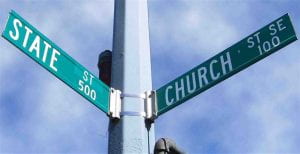
This case, unlike the aforementioned ones, has a bit more nuance to it and led to a wide range of implications. This case is the primary reason Congress enacted the Religious Freedom Restoration Act in 1993, which is one of the most bipartisan pieces of legislation, having passed the House unanimously and the Senate 97-3.
In Oregon v. Smith, two people, who both worked at a drug rehabilitation center, were fired due to having consumed peyote, a hallucinogenic drug. The issue at hand, however, is that their consumption of peyote was done during a sacred religious practice. This case did not make it to the Supreme Court because the drug rehabilitation center fired them (as the center very much can fire whoever they please — they are a private entity); it made it to the Supreme Court because after they were fired, these two individuals sought unemployment benefits and were denied due to being fired for consuming drugs, which is considered “workplace misconduct.”
However, unlike the previous cases, the Supreme Court did not rule in favor of the appellants. The Court, by a 6-3 vote, ruled that since the denial of unemployment benefits due to workplace misconduct is a rule of general application (meaning it does not specifically target any people or religious practice), it is constitutional.
However, as one might conclude, many did not like this outcome. Therefore, as aforementioned, Congress enacted the Religious Freedom Restoration Act (RFRA) to clarify some of the issues raised by Oregon v. Smith. The first clause of RFRA states its purpose, saying that it aims to prohibit “any agency, department, or official of the United States or any State (the government) from substantially burdening a person’s exercise of religion even if the burden results from a rule of general applicability.”
This first clause seeks to prohibit exactly what was the outcome in Oregon v. Smith, but it also comes with some limitations. That is, Congress is free to burden one’s exercise of religion if (1) doing so will further a compelling government interest; and, (2) doing so is the least restrictive means of furthering that compelling government interest. The introduction of this incredibly bipartisan bill, as we will shortly explore, has some interesting implications.
Burwell v. Hobby Lobby (2014) | Application of RFRA
In the case of Burwell v. Hobby Lobby, we see the RFRA being put to use which leads to an interesting implication from the outcome of this case. Burwell v. Hobby Lobby sprouted from one of the requirements of the Affordable Care Act (ACA), namely, that all nonexempt employers are legally required to offer their employees health coverage and benefits, including contraceptives, some of which stop an egg from fertilizing. Before progressing with the case, we ought to make note that some employers, primarily religious institutions such as churches, are exempt from the ACA.
Hobby Lobby, a crafts company, is a tightly-owned company, meaning that there are only a few number of people who own the company. All of these owners, moreover, do not want to comply with the ACA since they believe life begins at conception and to thereby provide their employees with free contraceptives would go against their religious beliefs. However, if a company does not comply with the ACA, it would have to pay a fee per employee. For Hobby Lobby, the total cost would amount to about $475 million per year.
Hobby Lobby was conflicted about whether they should go against their religious beliefs and supply their employees with contraceptives or instead pay $475 million a year and adhere to their religious stance. Due to this ethical dilemma, Hobby Lobby decided to sue the Department of Human Health Services (those who implemented the ADA), and the case made its way up to the Supreme Court. Hobby Lobby cited RFRA, stating that the ACA mandate does not comply with RFRA’s second clause. They argued that forcing Hobby Lobby to offer its employees contraceptives is not the least restrictive means of furthering a compelling government decision. Rather, Hobby Lobby stated that they, like religious institutions, should be exempt from the ACA, as that is the least restrictive means of furthering a compelling government interest (health care for employees). The employees of companies who are exempt from the ACA have their health care paid for by taxes.
The Supreme Court agreed with Hobby Lobby. By a vote of 5-4, the Supreme Court ruled that Hobby Lobby is correct—the least restrictive means indeed is making Hobby Lobby an exempt company, thereby allowing governmental taxes to pay for the health care of their employees.
What is remarkable about this case is its implication that the Supreme Court stated that the best course of action to resolve a religious dispute over health care is to simply allow the government to fund health care. One might argue, then, that the Supreme Court is hinting toward universal health care, as they view that as the least restrictive means.
Kennedy v. Bremerton School District (2022) | Abandonment of the Lemon Test
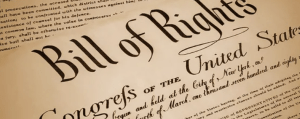
The last case we shall discuss is one that has been all over the media recently: Kennedy v. Bremerton School District. In this case, a high school football coach decided to kneel and pray before and after games. The school district feared that his actions would violate the Establishment Clause, so they asked him to stop. When he did not, they fired him.
Claiming his first amendment right to the freedom of religion was violated, he sued the school. The lawsuit eventually made its way up to the Supreme Court, and, by a 6-3 vote, the Court ruled in the coach’s favor, stating that he was not complicit in praying since he did it during post-game periods when people were free to do as they pleased.
However, something remarkable also happened in this case: the Supreme Court decided to stop using the Lemon Test, which has been in practice since 1971. Instead of the Lemon Test, the Court stated that they will decide disputes over the Establishment Clause by “accor[ding] with [what] histor[ically] and faithfully reflec[ts] the understanding of the Founding Fathers.”
What this means, we do not yet know, as this is yet another new change by the Supreme Court. Throughout history, the Lemon Test has proved itself to be a great way of settling legislative disputes, so one could only wonder why the Supreme Court decided against it.
Summary
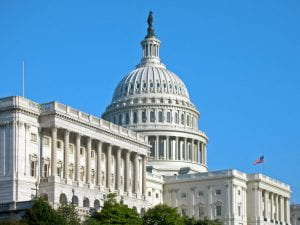
As I showed with this blog post, cases revolving around religious freedom are by no means simple, but the courts, thankfully, have historically always ruled in favor of the Establishment Clause, never seeking to subdue religious freedom.
However, after the abandonment of the Lemon Test in Kennedy v. Bremerton School District, it is clear that the Supreme Court is planning on interpreting the Establishment Clause differently than they have had since 1971. What this means for upcoming cases, we have yet to find out. However, what we do know is that religious freedom, despite how tricky it might be at times, should remain a human right.
